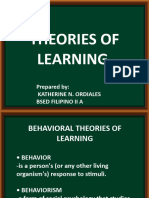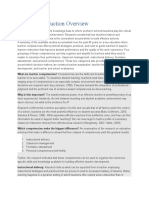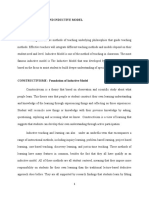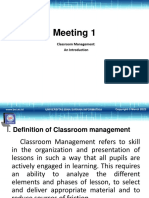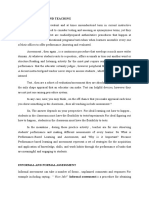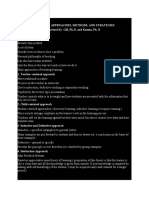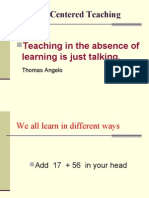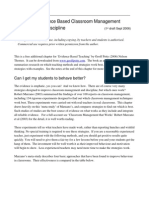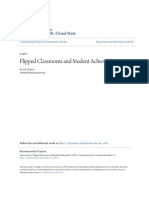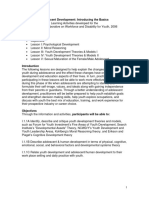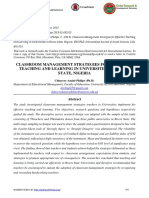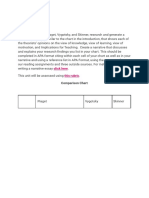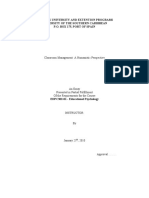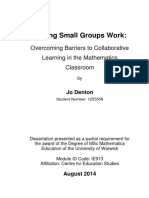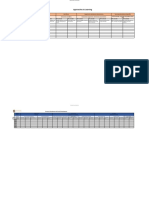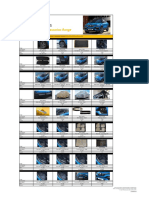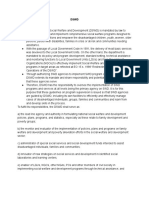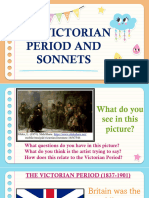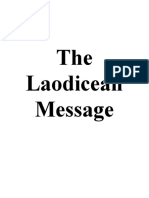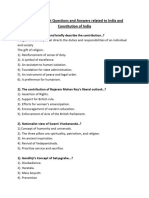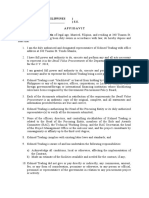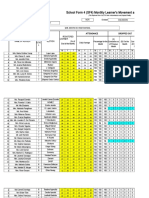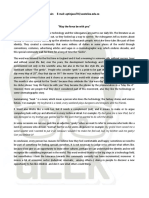0% found this document useful (0 votes)
271 views5 pagesTeaching Methods
Questions to ponder: Why do we need to set teaching standards?
Why is it important to accommodate every learner's need/s?
Submit your answers in this email on or before December 13, 2010.....
"Teaching is the profession that teaches all the other professions." ~Author Unknown
Uploaded by
mitchbitch69Copyright
© Attribution Non-Commercial (BY-NC)
We take content rights seriously. If you suspect this is your content, claim it here.
Available Formats
Download as DOC, PDF, TXT or read online on Scribd
0% found this document useful (0 votes)
271 views5 pagesTeaching Methods
Questions to ponder: Why do we need to set teaching standards?
Why is it important to accommodate every learner's need/s?
Submit your answers in this email on or before December 13, 2010.....
"Teaching is the profession that teaches all the other professions." ~Author Unknown
Uploaded by
mitchbitch69Copyright
© Attribution Non-Commercial (BY-NC)
We take content rights seriously. If you suspect this is your content, claim it here.
Available Formats
Download as DOC, PDF, TXT or read online on Scribd
/ 5
